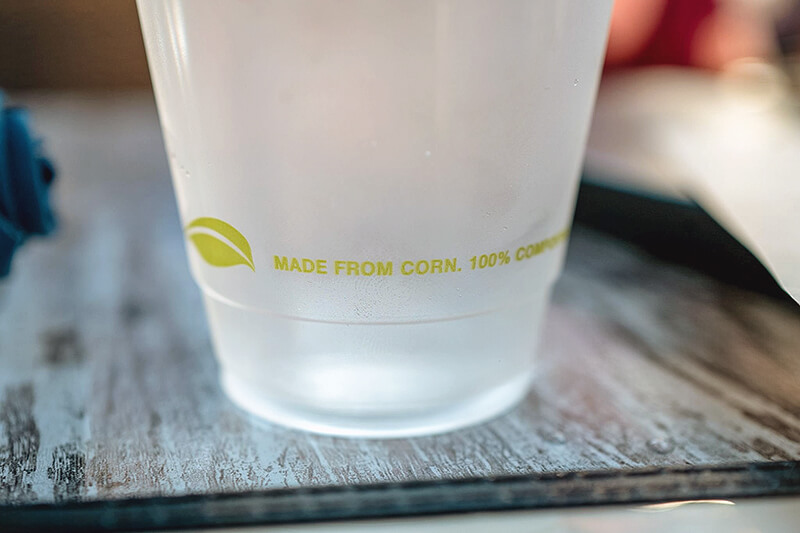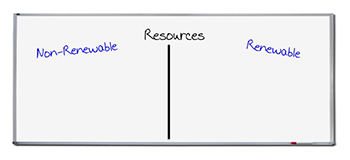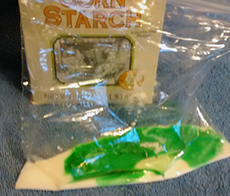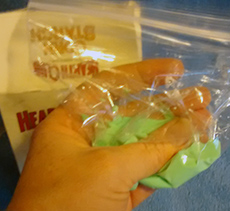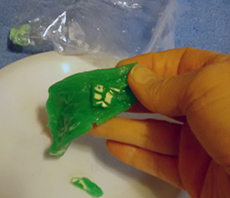The Corn Belt is a region of the United States where corn is the predominant crop grown. Iowa and Illinois are the top corn-producing states, and they typically grow just over one-third of the US crop. Other major states for corn production include Nebraska, Minnesota, Indiana, Wisconsin, Michigan, South Dakota, Kansas, Missouri, Kentucky, and Ohio. These twelve states can be considered part of the Corn Belt. Corn is planted in the spring and harvested in the fall. Warm, rainy summers and deep, fertile soils make the Corn Belt region particularly well suited for growing corn.
An ear of corn has an average of sixteen rows with 800 kernels. There are approximately 1300 kernels in one pound of corn. An acre (about the size of a football field) of corn can yield more than 13 million kernels. In the United States, corn production is commonly measured in bushels. This measurement originated as a unit of volume but has been standardized to units of weight for different commodities. One bushel of shelled corn is equivalent to 56 pounds (25 kg).
First domesticated in Mexico, corn is now grown on every continent of the world except Antarctica. The United States produces more corn than any other country. The scientific name for corn is Zea mays. All types of corn belong to this species, including sweet corn, popcorn, dent (field) corn, flour corn, and flint corn. Dent corn is the type most widely grown and processed in the United States. Hybrids of corn, produced by crossbreeding different varieties, have been developed to grow well in varying conditions and locations worldwide. The development of hybrid varieties, along with synthetic fertilizers and new farm machinery, has facilitated huge increases in corn productivity. Today, more corn can be grown on less land than ever before.
Similarly, advances in technology allow us to use more components of the processed corn kernel than ever before. One hundred years ago, starch was the main product used from refined corn, while the rest of the kernel was thrown away. Today, there are uses for every part of the kernel—even the water in which it is processed. The corn seed (kernel) is composed of four main parts: the endosperm, the pericarp, the germ, and the tip cap. The endosperm makes up most of the dry weight of the kernel and provides the source of energy for the seed. The pericarp is the hard, outer coat that protects the kernel both before and after planting. The germ is the living embryo of the corn kernel. It contains genetic information, vitamins, and minerals that the kernel needs to grow. The tip cap is where the kernel is attached to the cob and is the major entry path into the kernel for water and nutrients.
Corn is a versatile crop. It is the major grain grown for livestock feed by farmers in the United States, leading all other feed crops in value and volume of production. Corn is a major component in foods like cereals, peanut butter, and snack foods, and it is also processed into a wide range of industrial products, including ethanol. The kernel is used as oil, bran, starch, glutamates, animal feed, and solvents. The silk is combined with other parts of the corn plant to be used as part of animal feed, silage, and fuels. Husks are made into dolls and used as filling materials. The stalk is used to make paper, wallboard, silage, syrup, and rayon (artificial silk).
Corn can also be used to make a type of plastic known as bioplastic. Commonly, plastic is made from petroleum, a fossil fuel that is a nonrenewable resource. In contrast, bioplastic is made from biological materials—plant starches, cellulose, oils, or proteins. Unlike petroleum-based plastics, bioplastics are made from renewable resources such as corn, potatoes, tapioca, and casein (milk protein). One example of a bioplastic application is packing peanuts—the loose fill that goes all over when you open a package. Some packing peanuts are made of polystyrene (Styrofoam), which is a petroleum-based plastic. Corn-based packing peanuts are made of over 99% cornstarch and a very small percentage of food-grade oil. These packing peanuts are non-toxic, biodegradable, and compostable.
 |
It is important to note that there are pros and cons to both bioplastics and petroleum-based plastics. There are also some common misconceptions about the differences between these groups of plastics. For example, both bioplastics and petroleum-based plastics can be biodegradable, meaning that over time they break down into compounds like carbon dioxide, water, and methane when exposed to naturally occurring microorganisms like bacteria, fungi, and algae.1 Also, some bioplastics are recyclable.1 The ability of a plastic to be recycled or to biodegrade depends on the chemical structure of the plastic, not whether the plastic is made from renewable or nonrenewable materials. In addition, many people are unaware that the raw materials used to make petroleum-based plastics are the by-products of refining crude oil for fuel. If these by-products were not used to make plastics, they would be industrial waste that would need to be disposed of. For more information, see the segment from D News, The Truth About Biodegradable Plastic.
For more information about corn, see the National Corn Growers Association website and Iowa Corn's Corn Facts webpage.
|
